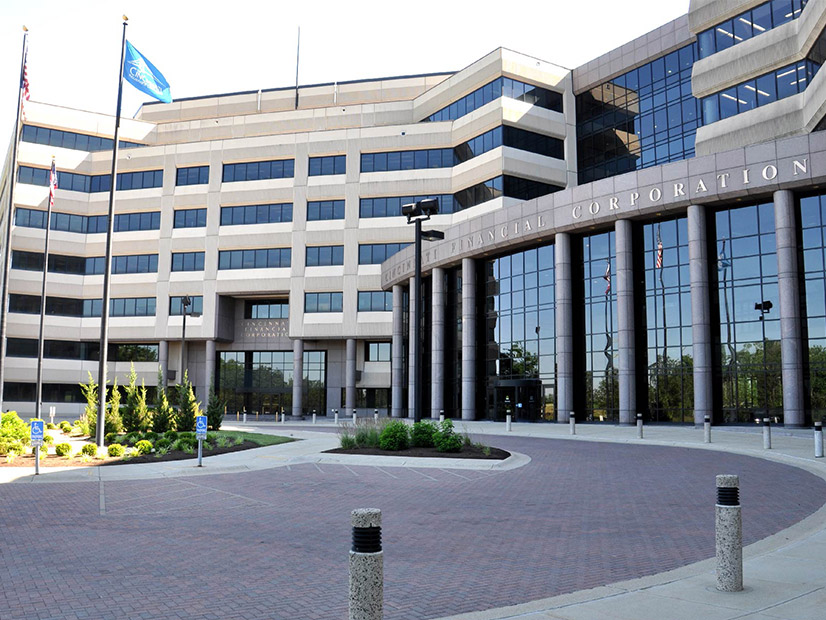A Texas Supreme Court panel on Friday stayed 50 lawsuits filed against ERCOT and other entities in the wake of February’s long-term controlled outages, which have been blamed for almost 200 deaths.
The court’s Multi-District Litigation (MDL) Panel granted ERCOT’s request to stay court proceedings, including discovery, in 35 cases filed against it and other market participants. The grid operator’s April 7 motion also asked the panel to consolidate those cases (21-0313).
The panel also granted a request by Vistra, NRG Energy, Calpine, Exelon Generation and other ERCOT market participants to stay proceedings in another 15 cases related to the February storms.
The grid operator’s attorneys said in the motion that the 35 cases have been filed in four different counties, with 24 filed in Harris County in 15 different district courts.
“Based on the current number of filings and public advertising efforts undertaken by in-state and out-of-state attorneys, ERCOT anticipates there will be additional cases filed against ERCOT in numerous different counties,” the grid operator told the panel. “Under those circumstances, the likelihood of inconsistent rulings is near certain.”
ERCOT spokeswoman Leslie Sopko said the consolidation request was a “procedural mechanism to … more efficiently resolve common questions of law and fact.”
The grid operator maintains it has legal immunity from litigation, saying in its motion, “ERCOT has and will continue to assert that it is entitled to sovereign immunity due to its organization and function as an arm of state government.”
The Supreme Court last month left standing an appellate ruling granting ERCOT sovereign immunity from lawsuits in a 5-4 ruling. The issue is expected to be revisited as additional lawsuits are filed. (See Texas Supremes Sidestep Ruling on ERCOT Lawsuit Shield.)

Cincinnati Insurance has requested legal authority to not pay claims against ERCOT following the winter storm. | Cincinnati Insurance
In a separate court proceeding last week, Cincinnati Insurance, ERCOT’s insurance company, asked the U.S. District Court for the Western District of Texas to excuse it from covering storm damages or damages from lawsuits filed against the grid operator (1:21-cv-298).
The insurer argued that it does not have to defend ERCOT because it does not view the power outages as an accident, which it defined as a “fortuitous, unexpected and unintended event.”
“The allegations in the underlying lawsuits allege ERCOT either knew, should have known, expected and/or intended that Winter Storm Uri would cause the same power outages which occurred as a result of previous storms in Texas, including storms in 1989 and 2011,” Cincinnati said in its motion. “The underlying lawsuits allege the power outages caused by Winter Storm Uri were a result of the exact same failures including failures of the same generators which failed in the previous winter storms, and therefore, the power outages were foreseeable, expected and/or intended.”
The insurer said the policy, which expires June 1, 2022, requires it to cover “damages because of ‘bodily injury’ or ‘property damage.’”
“We will have the right and duty to defend the insured against any ‘suit’ seeking those damages,” it said. “However, we will have no duty to defend the insured against any ‘suit’ seeking damages for ‘bodily injury’ or ‘property damage’ to which this insurance does not apply.”
If the federal court doesn’t grant the declaratory judgment, Cincinnati would likely have to cover ERCOT under its current policy contract.
The insurer said it had received 19 lawsuits alleging ERCOT’s responsibility for damages resulting from the storms. If the court doesn’t grant the declaratory judgment, it will likely have to cover the grid operator as part of its contract.
Cincinnati said it requested information on March 18 from ERCOT to facilitate its coverage investigation but said the grid operator didn’t respond to the requests.
ERCOT declined to comment on the insurance company’s allegations.
ERCOT to Take Questions on Outage Report
ERCOT on Friday invited stakeholders to submit questions about staff’s recent preliminary report on the causes behind generation outages that led to February’s long-term controlled outages. (See related story, ERCOT Blame Share: Weather (54%), Equipment (14%), Gas (12%).)

A preliminary ERCOT report attributes 54% of the February outages to bad weather. | Entergy
In a market notice, the grid operator acknowledged the “many questions” about the report and concerns that it may not have accurately reflected the total amount of capacity affected by the various outage causes. ERCOT filed the report with the Public Utility Commission on April 6.
During a Wholesale Market Subcommittee meeting last week, several stakeholders pushed back on the methodology that staff used in compiling the report. It used nameplate capacity in aggregating the outage numbers, resulting in outsized values for renewable resources.
“It seems likely, based on the outage cause categories presented, that a significant amount of wind and solar impacts were categorized as ‘Weather Related,’ resulting in that bucket appearing much larger than was operationally relevant during the event,” Luminant’s Ian Haley said in an email requesting the WMS place the report’s discussion on the agenda.
“Just as importantly, this may visually obscure valuable information about the relative outage and derate drivers for thermal generation,” he said. “Thermal and intermittent resources need to be separated into different graphs as these types of resources have very different characteristics. That comparison, while more helpful, is still not completely fair to wind and solar generation, as we would not expect every intermittent resource to be at nameplate capacity for six days in a row.”
Stakeholders have until the close of business on Thursday to submit questions about the report, which staff will “endeavor” to promptly respond to. ERCOT has promised a final report by Aug. 31.



